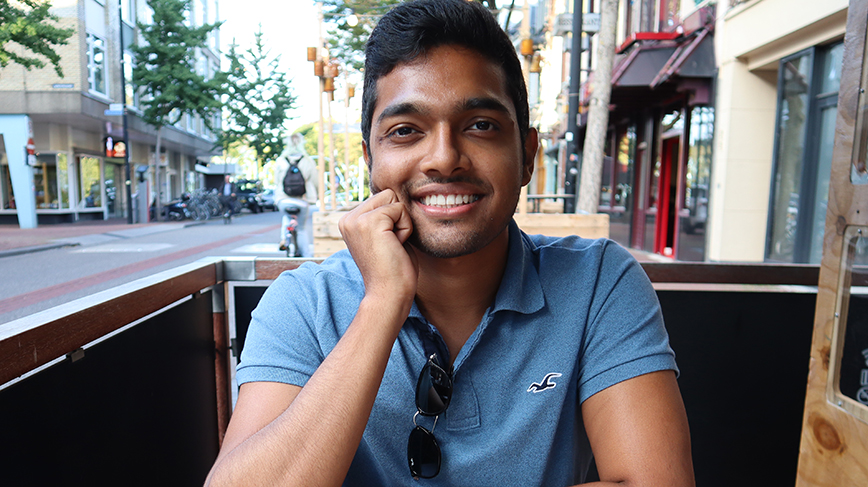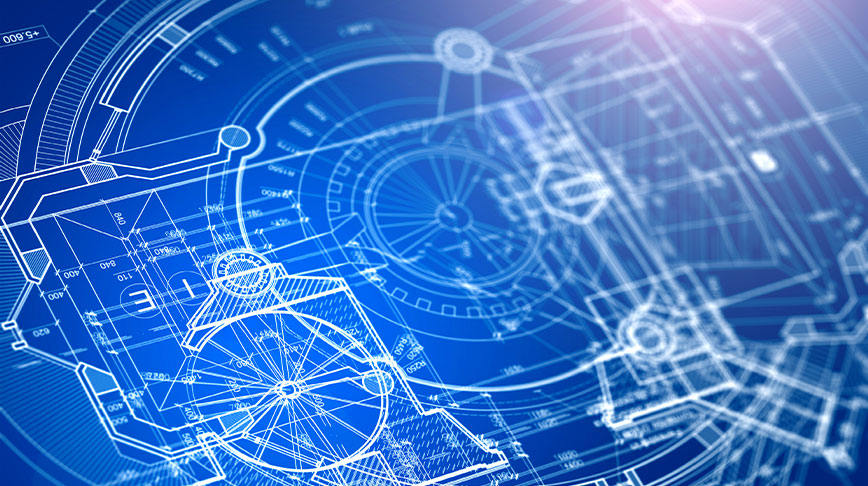Degree project contributes to amputees' quality of life

For those who have had lower-limb amputations, advanced embedded sensors will one day improve all aspects of prosthetics – including comfort and user experience.
Master’s student Suranjan Ottikkutti’s degree project was tied to a major EU funded project, Socketsense , which aims to improve the prosthetic socket – that is, the device that joins the residual limb to the prosthesis. He is in the second year of the master’s programme in (Mechatronics track) at the School of Industrial Engineering and Management .
How did your degree project fit into the Socketsense project?
I focus on how pressure (from the upper leg) can be used to identify the optimal positions for the pressure sensors, in the test set-up of the Socketsense project team. For testing the pressures in the socket, sensors are placed between the socket device and the body, and in order to get a good result or give them valuable information, I designed algorithms to calculate where these sensors are to be placed using genetic algorithms as well as pattern search.
What would you say are the key takeaways from this project?
Before I started the thesis I didn’t understand how important and valuable this work could be for future research. I only understood that this is something that I’ve liked and wanted to do, but once I started working on it I started to understand how useful this work could be to amputees and to other researchers. This helped get more involved and grow a passion for this kind of research.
It’s a life-changing thing to lose a limb it’s another life-size changing thing to get a replacement – what was it like to work on this?
I’ve always been interested in fitness and I’ve been interested in the movement of the human body, which is why I took courses such as biomechanics of human movement and I took a personal trainer course on my own and I studied sports technology. Fitness is very important and being able to do different activities is important. When I think that someone cannot do it just because they lost a limb what immediately comes to mind is, why can’t science solve that problem? And of course, science can. But it just needs more people working on it to solve it and maybe at some point we can even make prostheses that are better than a human limb. This really intrigued me and this is something I want to keep working with.
David Callahan


